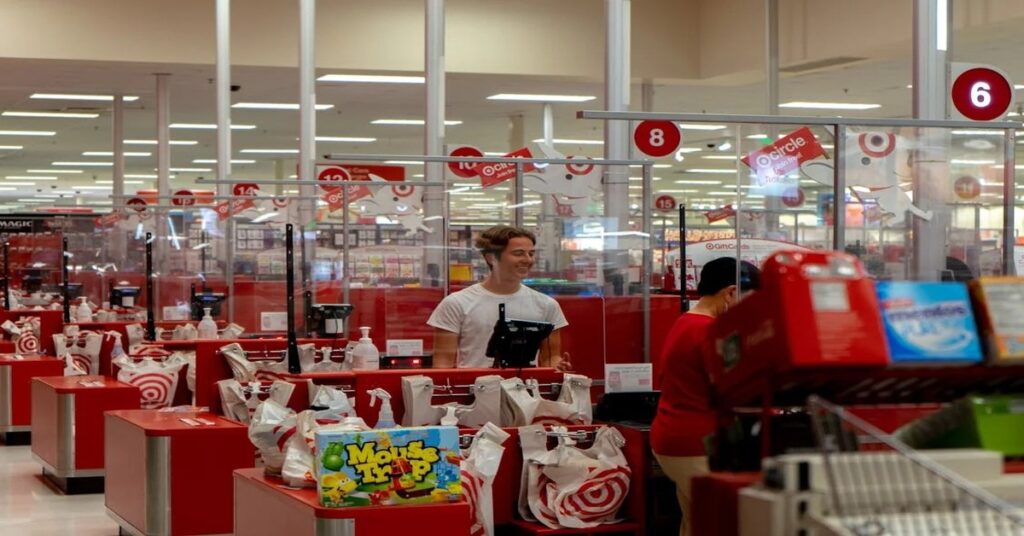Post-holiday season and into the New Year, e-commerce retailers, especially on Amazon, have been impacted by consumers returning their orders. There have been cases where shoppers can send back different items, return stolen items, or claim a purchase never got delivered when it did.
According to a survey by Appriss Retail and the National Retail Federation, retailers estimated that 13.7 percent of returns (worth about $101 billion) were fraudulent last year. It said the share of returns expected to be fraudulent during the peak holiday season was even higher at 16.5 percent ($24.5 billion).
Michael Osborne, CEO of Appriss Retail, said in cases where fraud is on the rise, retailers are forced to change their policies slightly to accommodate for that potential fraud and abuse. He highlighted that it increases the retailers’ costs and essentially erodes their margins.
In October 2023, Amazon extended its standard returns window in anticipation of customers shopping early for the holidays. It said, “Our 2023 Extended Holiday Returns policy requires that items purchased between November 1, 2023, and December 31, 2023, are returnable through January 31, 2024, except for Apple brand products, which can be returned through January 15, 2024.”
Marc Metrick, Saks CEO, said fraudulent “merchandise not received” complaints to the company have more than doubled over the past several years. Pitney Bowes, a global shipping and mailing company, stated that shipping back an empty box or a different item than was received, such as a box of bricks instead of a television, is the most common form of return fraud.

Osborne added that there are examples of price arbitrage where someone will buy a product on sale or promotion, and then return it for full price to get the delta of that benefit back to them, basically stealing those extra dollars. “Credit laundering, too, where they’re taking things like gift cards or store credit and using that to buy a product, then returning it and putting that money back onto a different card, allowing them to take the money from potentially a stolen or fraudulently obtained gift card or credit.”
On this issue, Amazon said organized retail crime (ORC) is an industry-wide issue facing all retailers, including Amazon that threatens the shopping experience they have developed over the course of multiple decades. “One example of ORC is the direct theft from retailers such as “smash-and-grab” incidents that result in stolen goods, and threaten the safety of employees and the public.” The global e-commerce giant said bad actors involved in ORC attempt to exploit any possible gaps in the global retail supply chain, including stealing from manufacturers, cargo carriers, warehouses, and retailers.
As such, Amazon has introduced proactive tools such as Amazon Transparency, an item serialization service that creates a distinct Amazon-provided code that is unique to each manufactured unit of an enrolled product. “This allows us to have a clearer picture of where a product is on the journey to the customer and shows great promise in tracking and detecting stolen items. We continue to innovate and improve our programs, including recently expanding Transparency to become interoperable with brands’ own product serialization systems, allowing brands to benefit from Transparency’s protections easier, faster, and without requiring changes to their existing manufacturing and packaging processes.
Amazon added that over 33,000 brands are enrolled in Transparency. “We will continue to invest in these and other technologies to always stay one step ahead of bad actors.”
Also Read: ‘Salad and Go’ Has the Right Offering – Fresh, Nutritious, and Affordable



